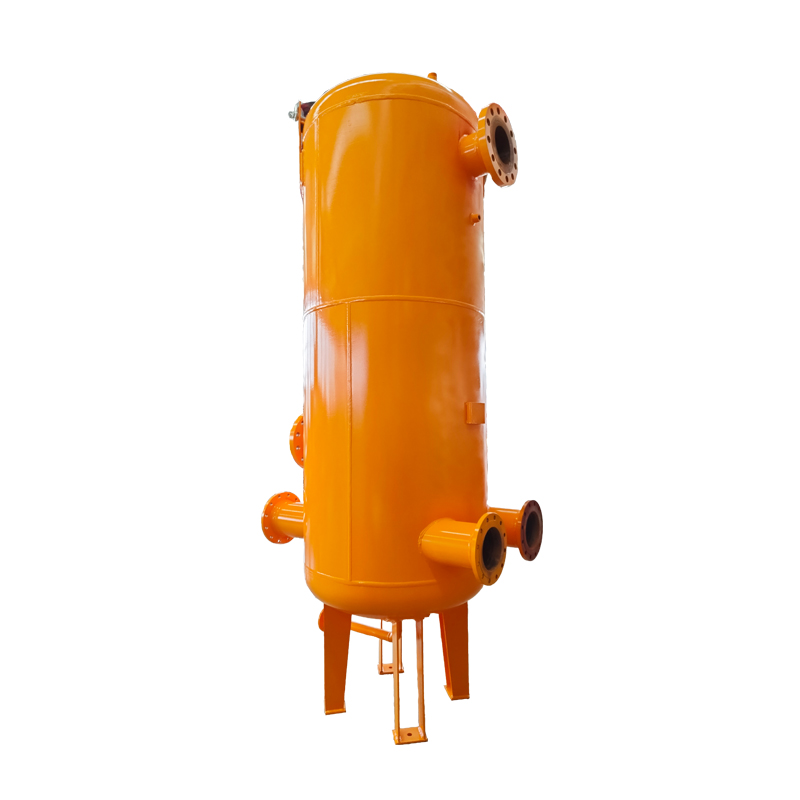
Dec . 11, 2024 07:32
Back to list
محطة تخفيض الضغط
Understanding Pressure Reduction Stations
Pressure reduction stations play a crucial role in the distribution of gas and other fluids by ensuring that pressure levels are adjusted to safe and functional limits. These stations are particularly essential in natural gas systems, where high-pressure gas needs to be reduced to a level suitable for consumption in residential, commercial, and industrial applications.
What is a Pressure Reduction Station?
A pressure reduction station (PRS) is a facility designed to lower the pressure of fluids flowing through pipelines. In the context of natural gas, the station is responsible for reducing high-pressure gas from the transmission pipelines to lower pressures suitable for distribution networks. This is vital for maintaining safety, efficiency, and the proper functioning of appliances that rely on gas.
Importance of Pressure Reduction Stations
1. Safety One of the primary functions of a pressure reduction station is to enhance safety in gas pipelines. High-pressure gas can pose significant hazards, including explosions and leaks. By reducing the pressure to manageable levels before the gas reaches end-users, pressure reduction stations minimize these risks.
2. Operational Efficiency PRSs help in optimizing the flow of gas through distribution networks. By controlling pressure, they ensure that the gas can be delivered efficiently to various consumers. This is crucial for meeting demand without compromising quality or safety.
3. Regulatory Compliance Gas distribution is subject to stringent regulations. Pressure reduction stations help operators comply with these regulations by ensuring that the gas delivered adheres to prescribed pressure standards. This involves regular monitoring and maintenance of the equipment and systems used in these stations.
4. Infrastructure Support Pressure reduction stations support the infrastructure of gas distribution networks. They are strategically located to manage pressure drops effectively across the network, allowing for seamless service. This is particularly critical in urban areas or regions with varying topography.
.
A typical pressure reduction station consists of several key components
محطة تخفيض الضغط

- Pressure Regulators These devices control the pressure of the gas flowing through the station. They automatically adjust the flow of gas based on the pressure drop across them, allowing for a consistent output pressure.
- Filtration Units To ensure the gas supplied is clean, filtration units are installed to remove impurities and debris. Contaminated gas can damage appliances and pose health risks.
- Safety Valves These valves are designed to relieve excess pressure automatically. If the pressure exceeds safe levels, the safety valves activate to release gas, preventing potential hazards.
- Control Systems Modern pressure reduction stations are equipped with advanced control systems that allow for real-time monitoring and management of pressure levels. These systems can include remote monitoring capabilities, providing operators with immediate data on the station's performance.
Challenges Faced by Pressure Reduction Stations
Despite their importance, pressure reduction stations face several challenges
- Maintenance Regular maintenance is critical to ensure that all components function correctly. This can be resource-intensive, requiring skilled personnel and spare parts.
- Aging Infrastructure In many regions, pressure reduction stations are part of aging gas distribution networks. Upgrading these stations to new standards can be a complex and costly process.
- Environmental Considerations As with many industrial facilities, pressure reduction stations must address environmental impacts, such as emissions and potential leaks. Operators are increasingly adopting technologies to minimize these risks.
Conclusion
Pressure reduction stations are an integral component of gas distribution systems, ensuring safe and efficient delivery of natural gas to consumers. Through advanced technology and careful management, these stations maintain the balance between safety and operational efficiency. As the demand for natural gas continues to grow, the role of pressure reduction stations will become even more crucial in ensuring that energy needs are met responsibly and sustainably.
Next:
Latest news
-
Safety Valve Spring-Loaded Design Overpressure ProtectionNewsJul.25,2025
-
Precision Voltage Regulator AC5 Accuracy Grade PerformanceNewsJul.25,2025
-
Natural Gas Pressure Regulating Skid Industrial Pipeline ApplicationsNewsJul.25,2025
-
Natural Gas Filter Stainless Steel Mesh Element DesignNewsJul.25,2025
-
Gas Pressure Regulator Valve Direct-Acting Spring-Loaded DesignNewsJul.25,2025
-
Decompression Equipment Multi-Stage Heat Exchange System DesignNewsJul.25,2025

